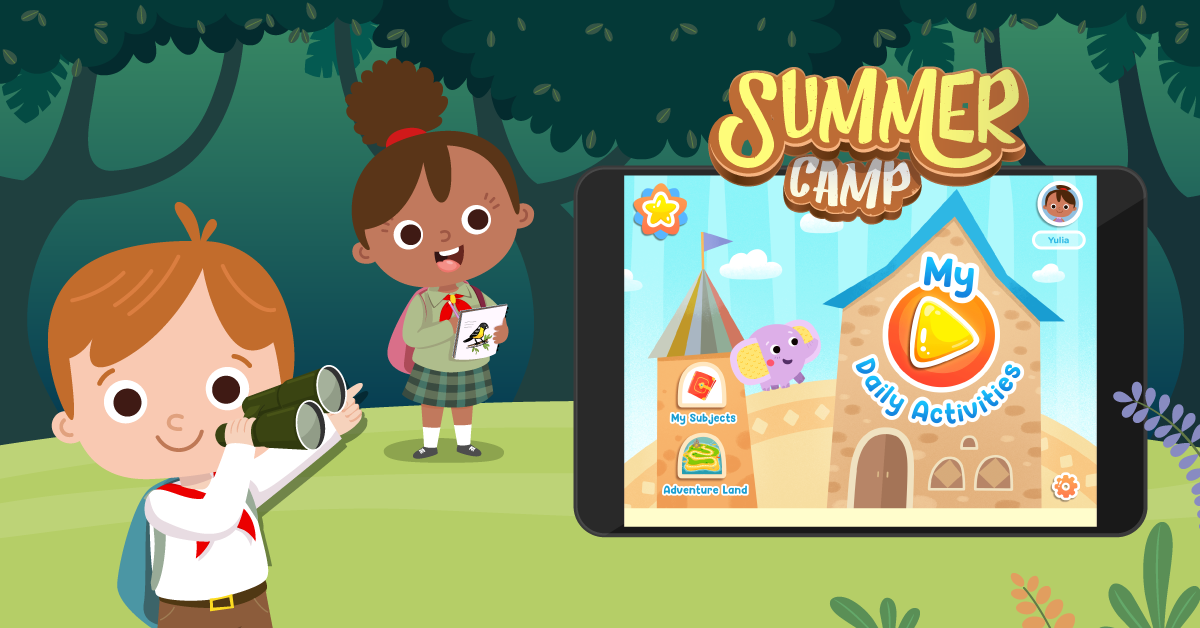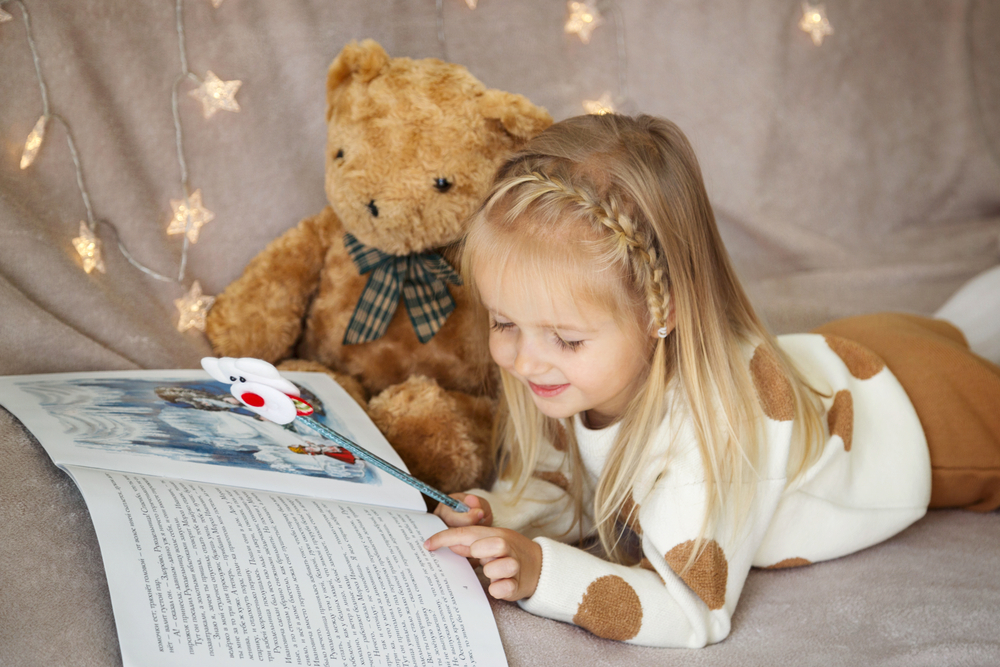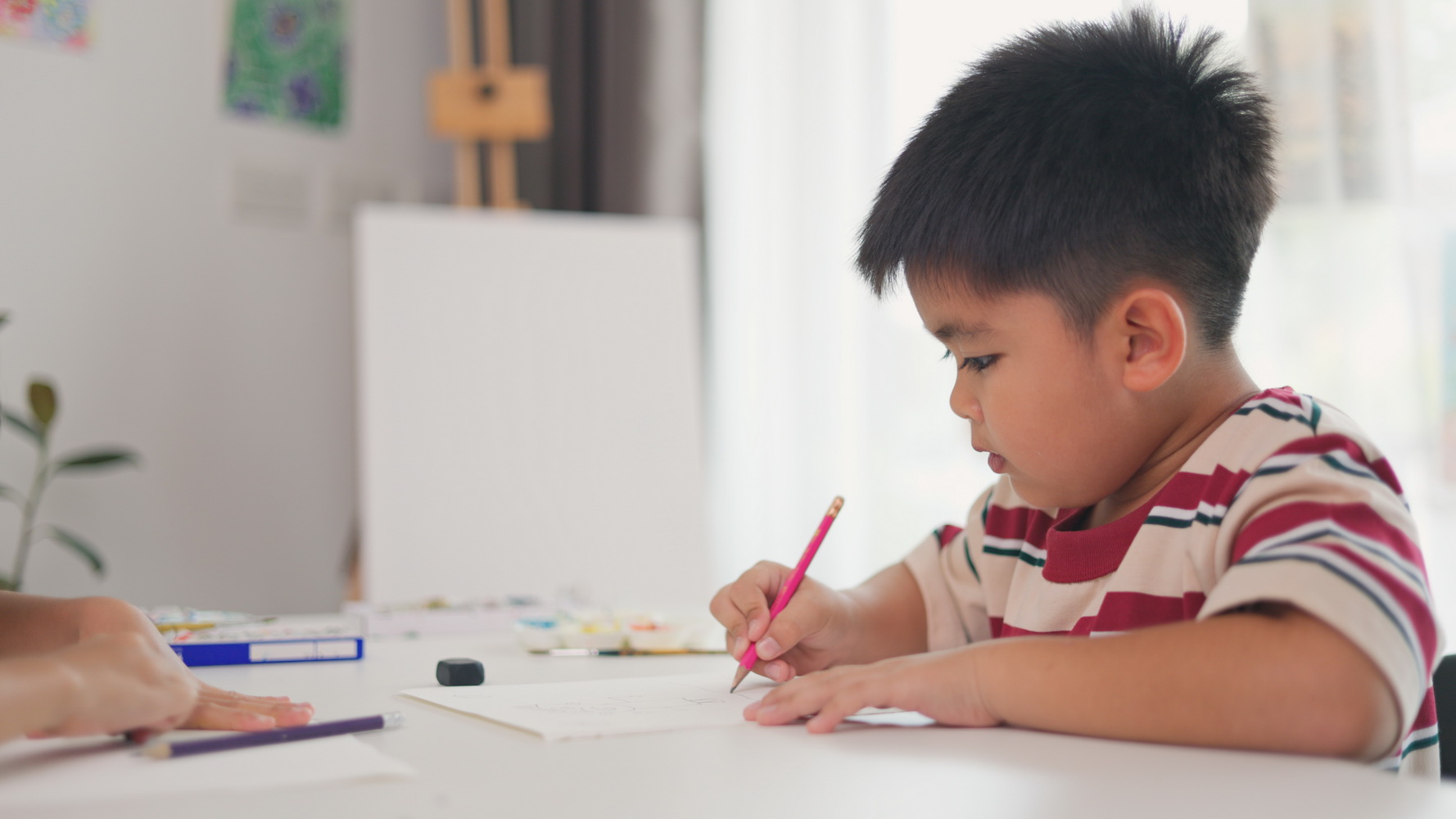Phonics recognition Normal Letter Sounds Worksheets for Ages 5-7
5 filtered results
-
From - To
Our "Phonics Recognition Normal Letter Sounds Worksheets for Ages 5-7" help young learners master the foundational skills of reading. Designed for kindergarten and early elementary students, these expertly crafted worksheets focus on normal letter sounds to enhance phonemic awareness. Each worksheet includes engaging activities and visually appealing illustrations that make learning phonics enjoyable for kids. By practicing with these materials, children will improve their ability to recognize and pronounce common letter sounds, laying a strong reading foundation. Ideal for classroom use or at-home practice, these worksheets provide a fun, effective approach to early literacy development.
Discover more at: Kids Academy
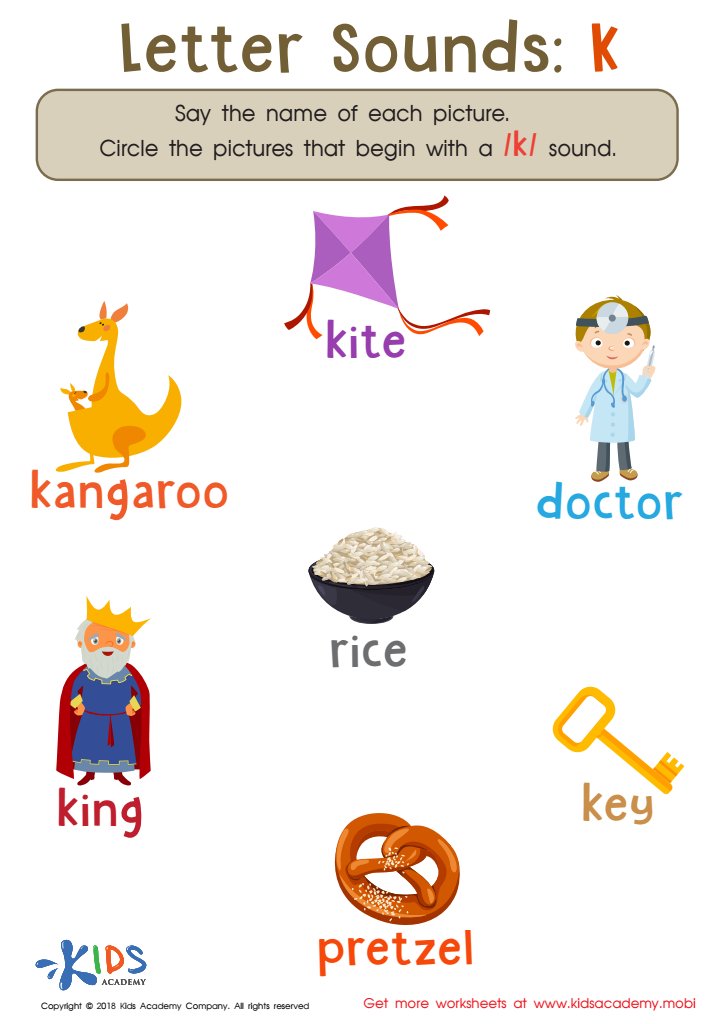

Letter K Sounds Worksheet
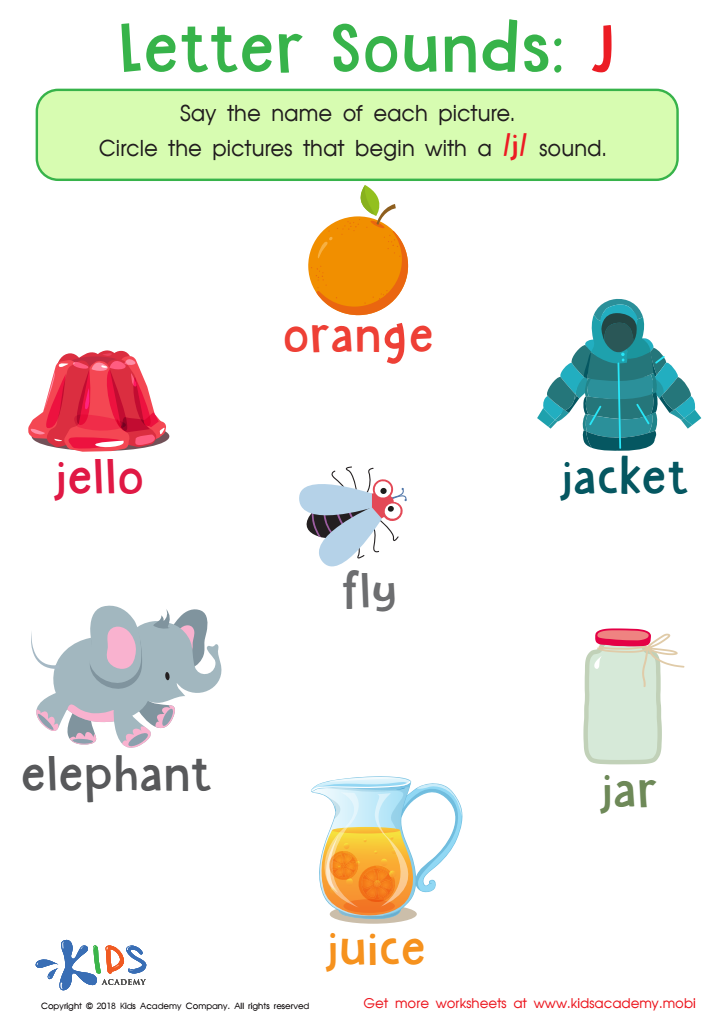

Letter Sounds: J Printable Worksheet
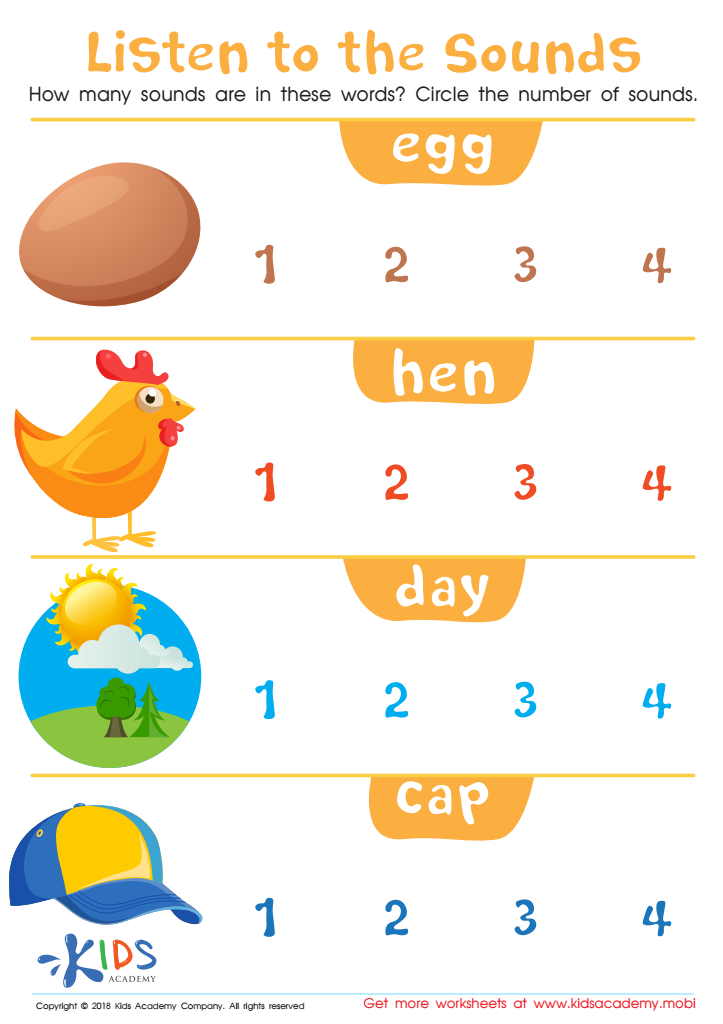

Listen to the Sounds Worksheet
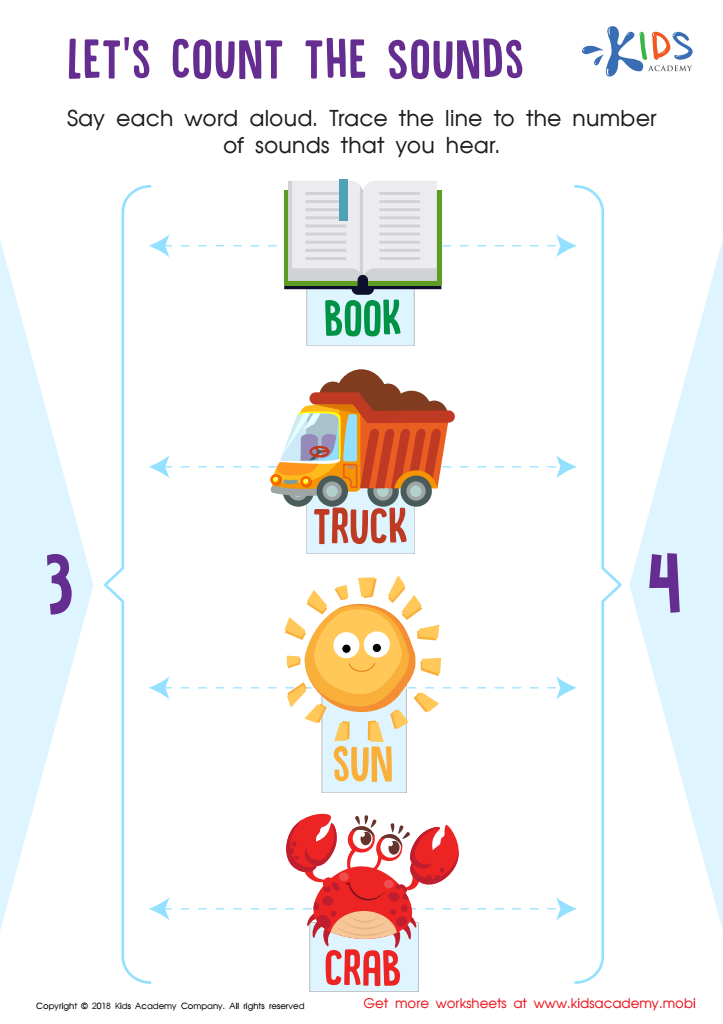

Let's Count the Sounds Worksheet
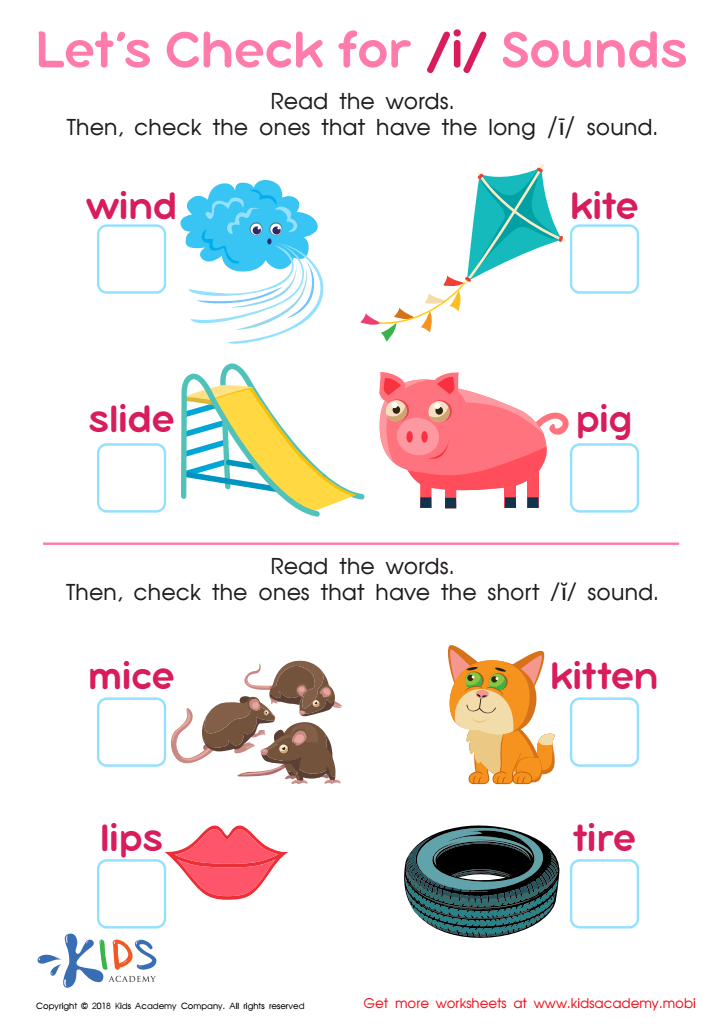

Let's Check for «i» Sounds Worksheet
Parents and teachers should deeply care about phonics recognition and normal letter sounds for children aged 5-7 because this foundational skill significantly impacts a child’s reading and writing abilities. Phonics instruction involves teaching children the relationships between letters and the sounds they represent. Mastering these basics early on is crucial, as it enables kids to decode words accurately and fluently, easing the path to literary success.
Focusing on phonics recognition at an early age builds a vital groundwork for future learning. When children can recognize and produce normal letter sounds, they become more confident readers. This confidence is pivotal; research shows children who develop strong reading skills early are more likely to succeed academically in the future. Additionally, these foundational literacy skills lead to better comprehension, allowing children to understand and engage with the content they read.
Phonics also aids in spelling, enabling children to write more effectively. As they understand how letters combine to form sounds, they can spell out words independently, fostering creativity and communication. For parents and teachers, investing effort in phonics education means empowering children with the tools they need for academic achievement and lifelong learning, thereby unlocking their full potential.
 Assign to My Students
Assign to My Students



